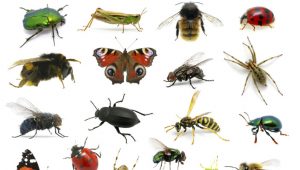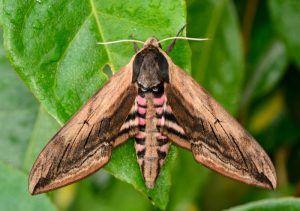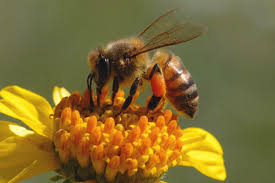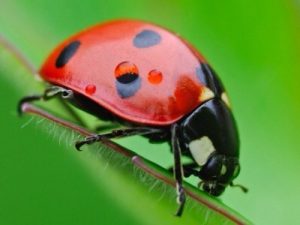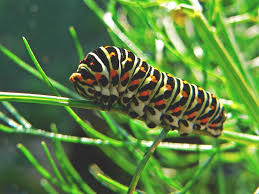Insects are the most numerous animals on the entire planet. There are about a million known species. Approximately half of all known animals are insects!
Bees, ants, grasshoppers, butterflies, flies, and beetles are some of the insects that are surely most familiar to you.
They are invertebrates (without bones), their body is divided into head, thorax, and abdomen. They are terrestrial and breathe through tracheae, which are tubes located in the abdomen through which they collect air.
Characteristics of Insects
- Insects are not very large animals. Some are tiny, like lice, while others, like some butterflies or stick insects, can reach about 30 centimeters in length.
- They have an external skeleton.
- They develop through simple metamorphosis (hemimetabolous insects) or through complete metamorphosis (holometabolous insects).
- Their body is divided into: Head, thorax, and abdomen.
The Head
- Contains the eyes, antennae, and mouth. Insects have two compound eyes, formed by many small eyes, and several simple eyes. The antennae help them smell and touch the things they find around them. The mouth of insects varies from one to another depending on their food.
The Thorax
- Contains the wings and legs. Most insects have four wings; but some have two, and there are even some that have no wings. They are the only invertebrates that can fly, which they do by moving their wings rapidly.
- Some mosquitoes move their wings more than 60,000 times per minute! All insects have six legs, which some use to walk, and others, to run or jump. Grasshoppers, thanks to the momentum they generate with their hind legs, can move in large jumps!
The Abdomen
- It is the posterior region of the body, and it contains the heart and the organs of digestion and reproduction. In the abdomen, females have an organ called an ovipositor that they use to lay eggs.
Feeding
There are many types of insects, and they do not all feed in the same way: there are herbivorous insects, others carnivorous, and some omnivorous. Grasshoppers, for example, feed on leaves, and have a mouth adapted to be able to tear and chew pieces of plants.
Some mosquitoes feed on blood, and therefore, their mouth is a kind of sharp tube that allows them to pierce the skin and suck blood. Other insects, such as butterflies, feed on the juice of plants.
Their mouth ends in a very long and thin tube, called a proboscis, which they use to suck the nectar from flowers. When they are not eating, the tube remains coiled.
There are insects that are also predators that feed on other insects, there are also parasitic insects, very dangerous!, that feed on the blood they suck from animals and humans, such as fleas, ticks, and lice, which are often carriers of serious diseases.
Certain flies lay their eggs under the skin of people, and their larvae feed on the blood and skin.
Reproduction
Different species have a wide variety of ways of reproducing. In some insects, such as the honey bee, the reproductive female, or queen, produces thousands of eggs that are fertilized over several years, although the male, or drone, dies shortly after mating.
In other species, such as mayflies, both the male and female live for a short time after mating. In a number of species of beetles, both males and females mate repeatedly. In addition, several species of insects reproduce by parthenogenesis, developing from unfertilized eggs.
This type of reproduction occurs regularly in certain species and occasionally in alternate generations in others. In some gall wasps and flies, reproduction appears to be only parthenogenetic, and no form of sexual reproduction is known. In social bees and other related insects, male insects emerge from unfertilized eggs.
In certain nocturnal moths that reproduce sporadically by parthenogenesis, both sexes can
Types of Insects
There is a variety of types of insects that we will explain below:
Coleoptera
This group includes a greater variety of species than any other type in the animal kingdom. They comprise one or more species, and there are 170 families within them, including the weevil.
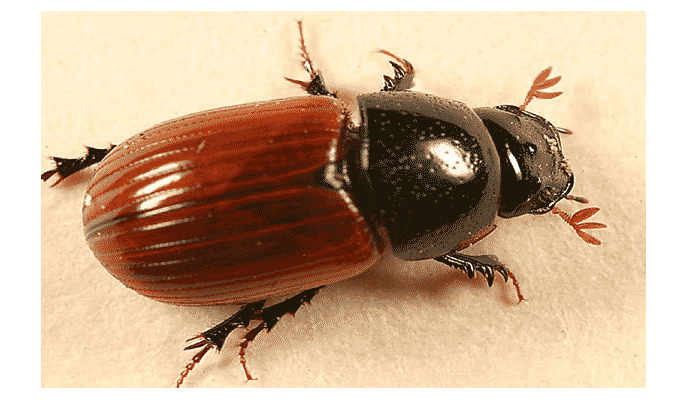
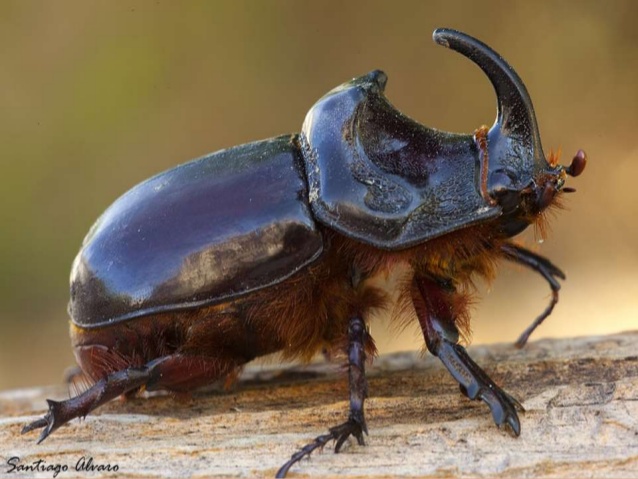
Senses
The main organs of beetles are located in the head, although a large part of their body has bristles (hairs), for example on the legs. Sight and smell are the most developed senses of insects, and they perceive odors from their antennae.
Phasmatodea
The stick insect: One of the insects that has achieved perfection in camouflage is the stick insect. For a long time, this small and harmless insect had a bad reputation. Everyone feared it and avoided naming it, since there was a long-standing belief that the stick insect attacked the base of the human skull, which led to the animal being ignored.
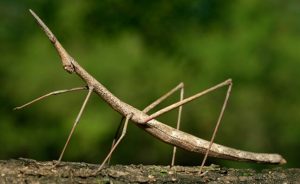

Orthoptera
A great variety of insects, including grasshoppers, locusts, crickets, and mole crickets.
Locusts and grasshoppers are characterized by making very large jumps of enormous length in relation to their body size. Crickets, on the other hand, feed on plants, animal materials, and even individuals of their own species. They live in houses or in the field and their jumps are heavy.
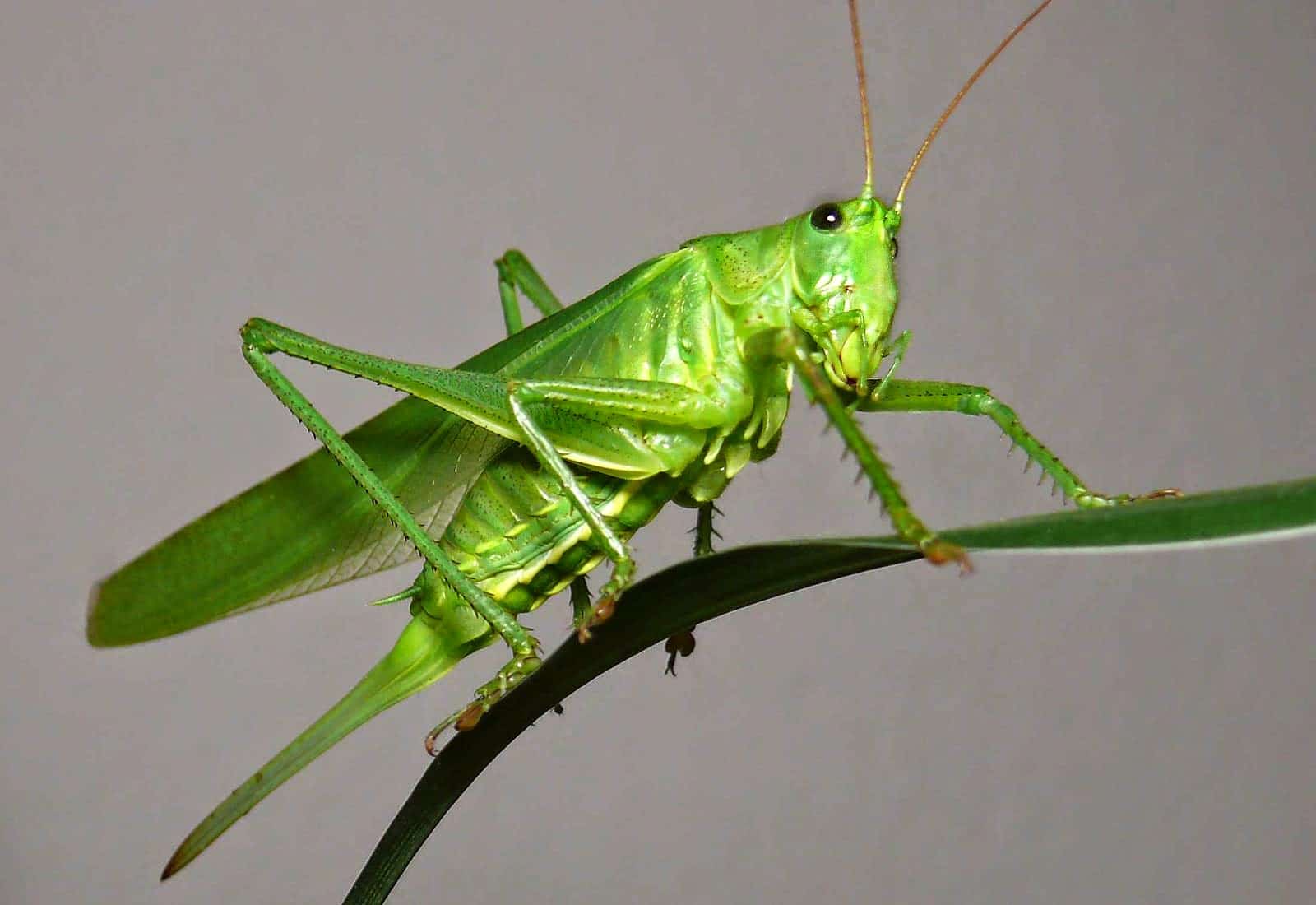
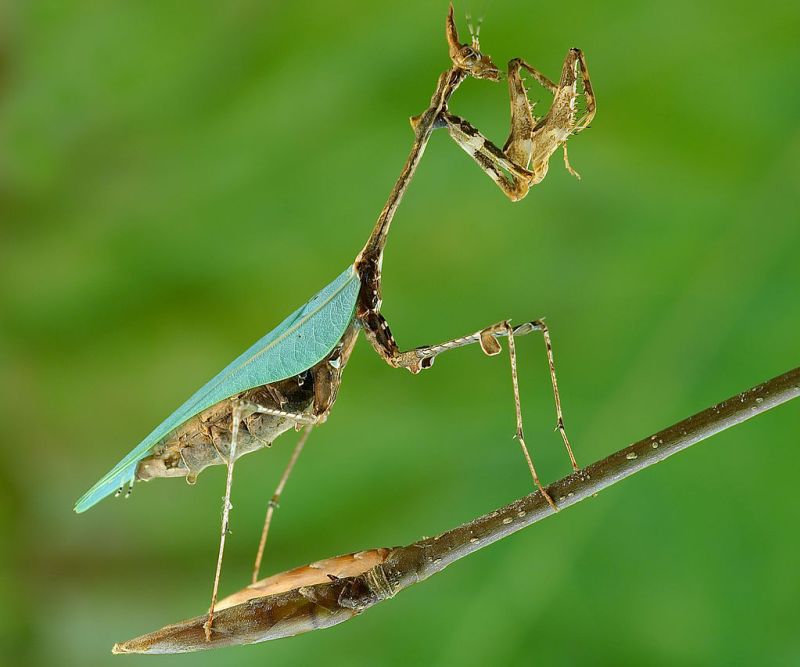

Lepidoptera
Butterflies and moths
Lepidoptera means “scaly wings”. In fact, their color is due to the numerous scales that cover their wings. There are more than 140,000 different species of butterflies known worldwide. The sensory organs of butterflies are located in the head, and they have 6 very thin legs.
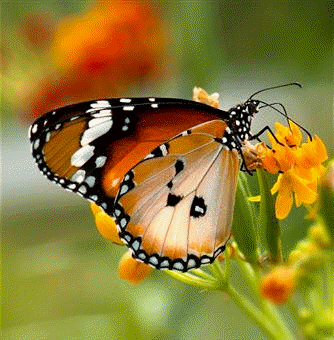
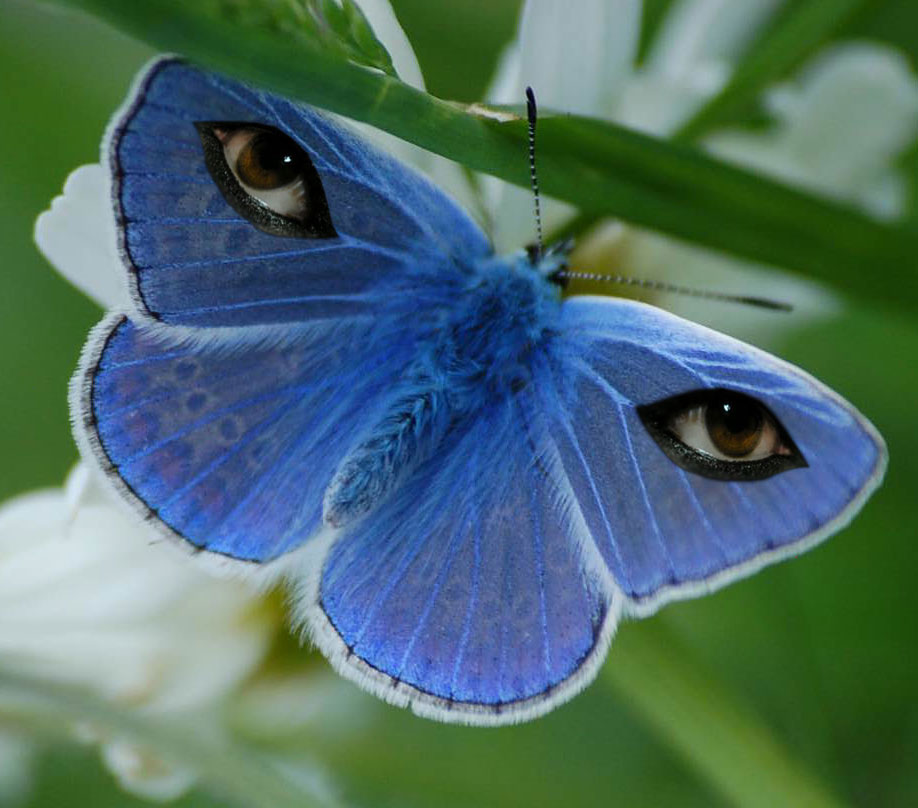

Nocturnal Butterflies
They are less colorful than diurnal butterflies. Their body is thicker and hairier, and the males have more developed antennae than the females. Although you may not believe it, most lepidopterans are nocturnal and most are attracted to light.
Odonata
This group includes dragonflies, which we know as “matapiojos” (lice killers). They have a very curious appearance, as their eyes are very large, their abdomen is quite long, and their thorax is thicker.
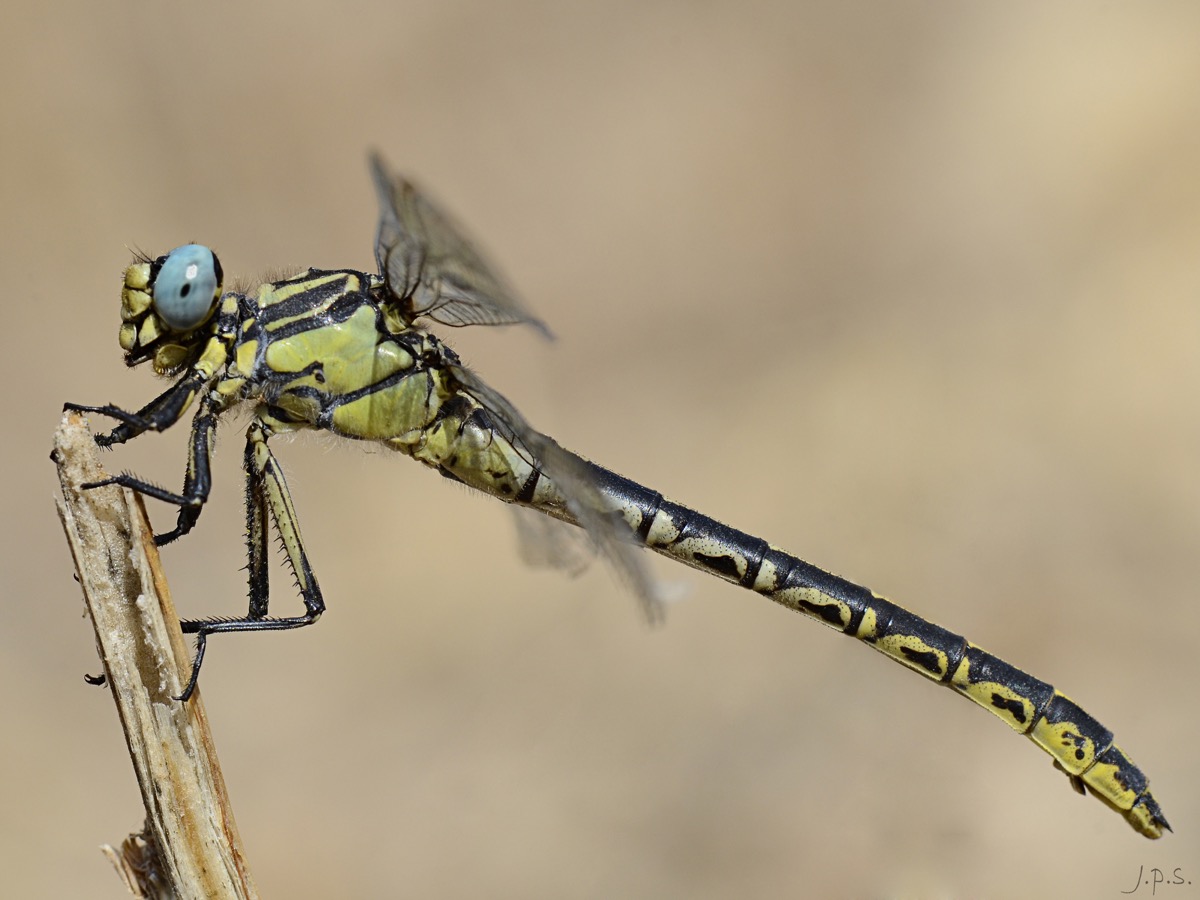


¿Te gustaría saber cómo se comportan?
La hembra coloca sus huevos sobre el agua, estos cubiertos por una textura gelatinosa que les permite adherirse a los objertos, de esos huevitos nacen las ninfas, estos viven entre uno o cinco años en el agua cazando larvas e insectos, lagartos y algunos renacuajos.
Hymenoptera
These include wasps and ants. Their body is divided into three parts: head, thorax, and abdomen.
Bees
They are able to perceive what is happening around them thanks to their sensory organs and their enormous eyes, which allow them to see the color of flowers and help them orient themselves.
Ants
The name is derived from a social family. All ants are social, which means they live in organized colonies. It is important to distinguish between true ants and so-called “white ants” or termites. There are 12,000 different species of ants in the world, which differ greatly in appearance and habits.
Most have wings, and some have two, which allows them to move faster. In an anthill, we can easily find three types of ants: the queen, which is distinguished from the rest of the colony and only lays eggs. She is born with four wings but loses them after the nuptial flight.
The workers are very numerous and never have wings. Their function is to carry out the tasks of the nest and they do not have the ability to lay eggs.


Hemipterans
“Chinche” is the name given to insects belonging to this group, including bed bugs, kissing bugs, stink bugs, and corn bugs; many aquatic ones are called water scorpions or water striders.
They may have wings or lack them; certain species feed on the internal fluids of other insects, and some, like bed bugs, feed on the blood of mammals and birds. However, most bugs feed by sucking plant juices.
Dipterans
These insects are classified into suborders: Nematocera (long-antennaed) and Brachycera (short-antennaed). The long-antennaed ones are called mosquitoes, which bite and buzz unpleasantly, better known as “gnats.”
The fly is the member of the order with a unique pair of wings; the most well-known are the housefly, the black fly, the mosquito, the horsefly, among others…
Fly Curiosities
One of the curiosities of flies is that they can do almost anything, from great acrobatics through the air to walking upside down. They can be found in all imaginable places, from the poles to humid areas. But there is also a class of fly that becomes extremely dangerous pests.
Habitat
The habitat of insects extends throughout the planet Earth, as they tend to adapt perfectly to any climate change, but mostly in regions of tropical and wooded soils, they are more abundant. Here you can see ladybugs or beetles, which adapt better to these substrates.
But on the other hand, other insects prefer a milder climate habitat with abundant flower environments; these are places where butterflies and bees can be observed, and even the water scorpion.
Insects and Humans
Some insects are harmful because they can damage crops. The potato beetle feeds on the leaves of that plant.
The processionary caterpillar is an insect that eats the leaves of pine trees. Other insects, like mosquitoes, flies, or fleas, can transmit diseases to humans. For example, some mosquitoes, when they bite a person to feed on their blood, can transmit the microorganism that causes malaria.
However, the vast majority of insects do not cause any harm, and some are even very beneficial. Ladybugs are plump beetles that feed on aphids and thus prevent them from destroying plants.
Other insects produce products that are very useful to us, such as honey produced by bees or silk produced by silkworms. Many insects, such as butterflies or bumblebees, help plants reproduce by carrying pollen from one flower to another.

